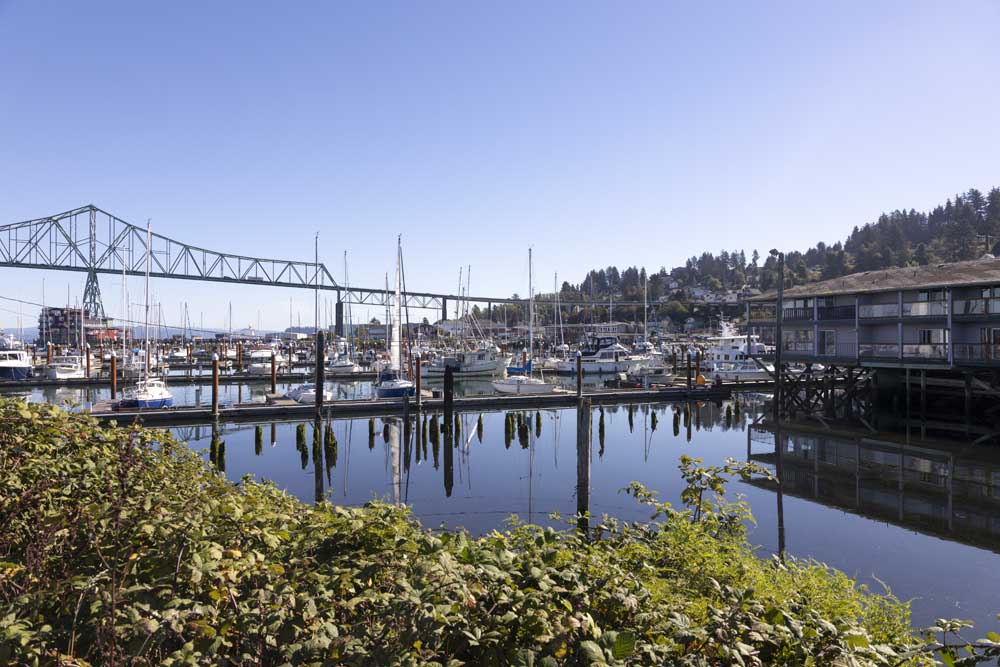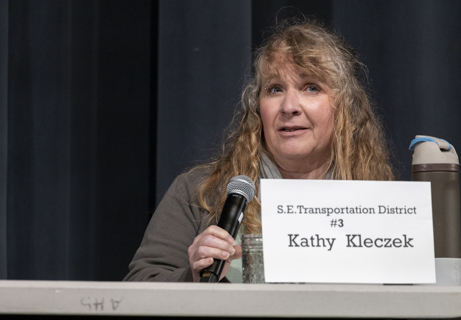Tsunami inundation maps for Manzanita, Nehalem, and Rockaway Beach released
Published 5:00 pm Wednesday, April 18, 2012
PORTLAND – The Oregon Department of Geology and Mineral Industries (DOGAMI) has released three more publications in its new, second-generation tsunami inundation map series for communities along the Oregon coast. This set includes communities in central Tillamook County.
TIM-Till-02, Tsunami Inundation Maps for Manzanita – Nehalem, 2012, scale 1:10,000.
TIM-Till-03, Tsunami Inundation Maps for Nehalem East, 2012, scale 1:10,000.
TIM-Till-04, Tsunami Inundation Maps for Rockaway Beach, 2012, scale 1:10,000.
Each publication includes two plates: one showing local-source (Cascadia Subduction Zone) and one showing distant-source (Alaska-Aleutian Subduction Zone) tsunami inundation scenarios.
The new style of inundation maps incorporates all the best tsunami science that is available today, including recent publications by colleagues studying the Cascadia Subduction Zone, updated computer simulation models using high-resolution lidar topographic data, and knowledge gained from the 2004 Sumatra, 2010 Chile, and 2011 TÅhoku earthquakes and tsunamis.
Plate 1 displays five scenarios, labeled as “T-shirt sizes” (S, M, L, XL, and XXL), of the impact of Cascadia Subduction Zone tsunamis that reflect the full range of what was experienced in the past and will be encountered in the future. The geologic record shows that the amount of time that has passed since the last great Cascadia earthquake (312 years since January 26, 1700) is not a reliable indicator of the size of the next one, so the size ranges are intended to fully bracket what might happen next.
Plate 2 shows tsunami inundation scenarios for two distant-source tsunamis that were modeled and originate in Alaska. These distant tsunamis are not nearly as dangerous as the local ones, as Oregonians will have several hours instead of only minutes to evacuate and the tsunamis themselves are much smaller. For these reasons DOGAMI’s focus is on the big Cascadia events. If the ground shakes for an extended period of time, don’t wait for more warning, evacuate to high ground as fast as possible.
These maps include a wealth of information, including projected tsunami wave height time series charts and a measurement of the exposure each community has to the various tsunami scenarios: we count the number of buildings that are inundated by each scenario.
DOGAMI plans to release new tsunami evacuation brochures for Manzanita-Nehalem-Wheeler (Nehalem River Valley) and Rockaway Beach using data from these TIM maps. The evacuation brochures will be available free for download from the http://www.OregonGeology.org and http://www.OregonTsunami.org websites on April 29.
We hope that the public, planners, emergency managers and first responders, elected officials, and other local decision makers will use these detailed and innovative map products to mitigate risk and to reduce the loss of life and property.
To learn more about these publications and to see the anticipated publication schedule for other publications in the TIM series, visit:
http://www.oregongeology.org/pubs/tim/p-TIM-overview.htm
DOGAMI publication TIM-Till-02, -03, and -04 can be purchased on CD-ROM for $10 each from the Nature of the Northwest Information Center (NNW), 800 NE Oregon Street, Suite 965, Portland, Oregon, 97232. You may also call NNW at (971) 673-2331. There is a $4 shipping and handling charge for all mailed items.
Contact Information:
Oregon Department of Geology and Mineral Industries
Don Lewis, Assistant Director, Geologic Survey and Services
(503) 250-4198
don.lewis@dogami.state.or.us
The Oregon Department of Geology and Mineral Industries is an independent agency of the State and has a broad responsibility in developing an understanding of the state’s geologic resources and natural hazards.
The Department then makes this information available to communities and individuals to help inform and reduce the risks from natural hazards, such as earthquakes, tsunamis, landslides, floods and volcanic eruptions. The Department assists in the formulation of state policy where an understanding of geologic materials, geologic resources, processes, and hazards is key to decision-making. The Department is also the lead state regulatory agency for mining, oil, gas and geothermal exploration, production and reclamation.
Learn more about Oregon’s geology online: http://www.OregonGeology.org





